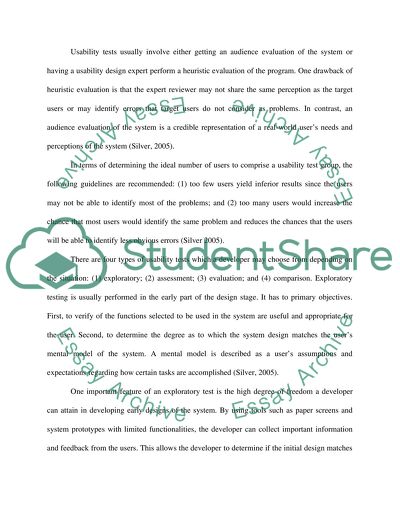Cite this document
(“Usability Tests and Heuristic Evaluations in Assessing Prototypes of Essay”, n.d.)
Retrieved from https://studentshare.org/environmental-studies/1415416-usability-tests-and-heuristic-evaluations-in-assessing-prototypes-of-interface-designs
Retrieved from https://studentshare.org/environmental-studies/1415416-usability-tests-and-heuristic-evaluations-in-assessing-prototypes-of-interface-designs
(Usability Tests and Heuristic Evaluations in Assessing Prototypes of Essay)
https://studentshare.org/environmental-studies/1415416-usability-tests-and-heuristic-evaluations-in-assessing-prototypes-of-interface-designs.
https://studentshare.org/environmental-studies/1415416-usability-tests-and-heuristic-evaluations-in-assessing-prototypes-of-interface-designs.
“Usability Tests and Heuristic Evaluations in Assessing Prototypes of Essay”, n.d. https://studentshare.org/environmental-studies/1415416-usability-tests-and-heuristic-evaluations-in-assessing-prototypes-of-interface-designs.


